Ailing Sesame Plants – Learn About Common Sesame Seed Issues
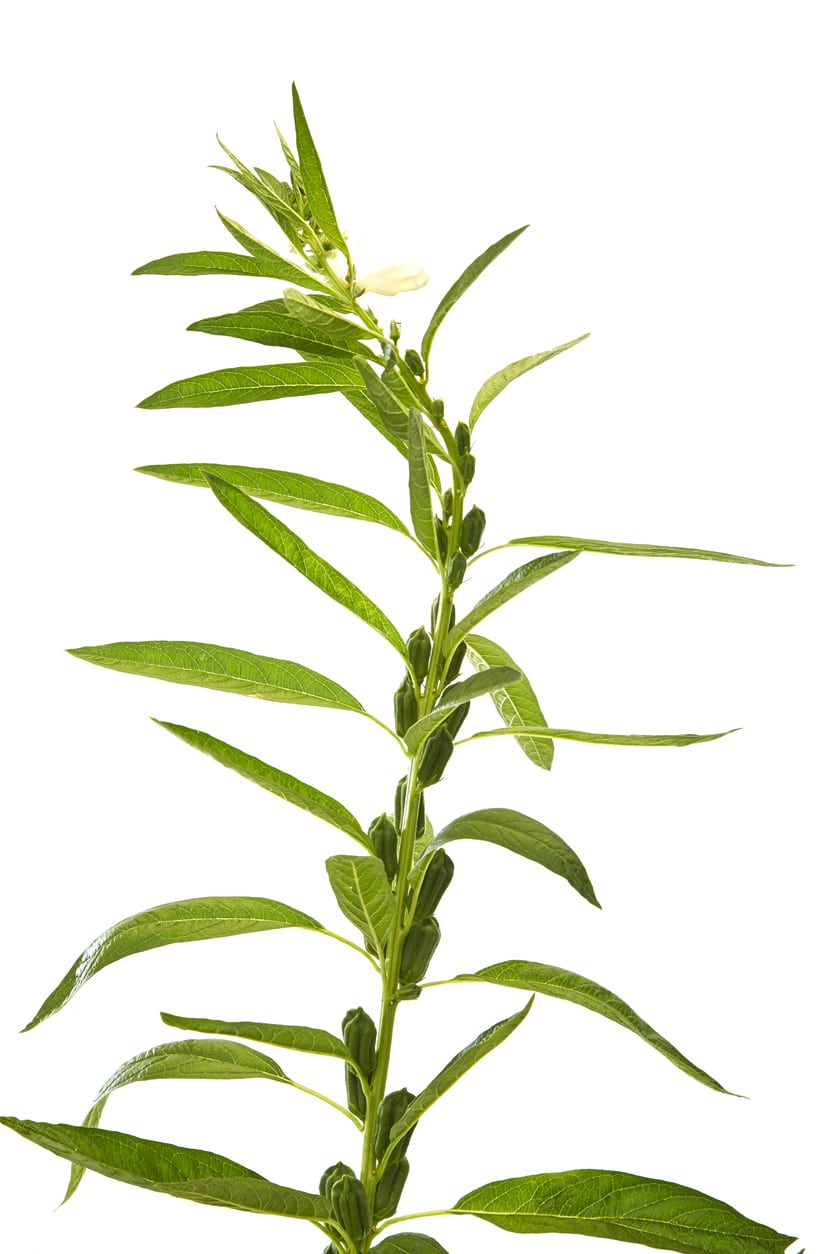

Growing sesame in the garden is an option if you live in a hot, dry climate. Sesame thrives in those conditions and tolerates drought. Sesame produces pretty flowers that attract pollinators, and you can harvest the seeds to eat or make into oil. Care is largely hands-off, but there are some occasional issues you may face with growing sesame.
Common Sesame Plant Problems
Sesame seed issues are not actually that common. Most modern varieties have been developed to tolerate or resist a number of pests and diseases. This doesn’t mean you won’t have to deal with any problems, however. Depending on the variety of plants you’re growing, the conditions in your garden and soil, and just plain luck, you may see one of these more common problems:
- Bacterial leaf spot. This bacterial leaf infection can attack sesame plants, forming black-edged lesions on leaves.
- Fusarium wilt. Fusarium wilt is caused by a soil-borne fungus. It causes wilting, yellowed leaves, and stunted growth.
- Verticillium wilt. Also soil-borne, the verticillium wilt fungus causes leaves to curl and yellow, then turn brown and die.
- Sesame root rot. While modern sesame is no longer susceptible to cotton root rot, it only has some tolerance to sesame root rot, which causes leaves to yellow and droop and roots to become soft and rotten.
- Insects. Sesame is susceptible to attack by green peach aphids and grasshoppers, which are the pests most likely to cause damage. Whitefly, beet armyworm, cabbage loopers, bollworms, cutworms, and caterpillars have all been known to attack sesame plants, but they don’t cause significant damage.
Treating Problems with Sesame Plants
In general, if you give your sesame plants the right conditions and care—hot temperatures, well-drained soil, minimal moisture on leaves—diseases and pests should not be big problems. Seeing ailing sesame plants is rare. If you do see signs of disease, be careful using sprays. There are no pesticides that are labeled for sesame plants, and sesame may not tolerate fungal sprays well. It is better to prevent disease by ensuring standing water is never an issue, avoiding overhead irrigation, and using certified disease-free plants and seeds. The most common disease to affect sesame is root rot, and to prevent this simply rotate your crop, never planting sesame in the same place two years in a row. The pests that are known to attack sesame rarely do damage. It helps to have a healthy garden or yard with no pesticides. This ensures that there will be predator insects to manage pest levels. You can also remove pests by hand as you see them.
Gardening tips, videos, info and more delivered right to your inbox!
Sign up for the Gardening Know How newsletter today and receive a free copy of our e-book "How to Grow Delicious Tomatoes".

Mary Ellen Ellis has been gardening for over 20 years. With degrees in Chemistry and Biology, Mary Ellen's specialties are flowers, native plants, and herbs.
-
 Looking For Plants To Give You The Soft And Fuzzies? Try These 5 Fuzzy Leaf Plant Options
Looking For Plants To Give You The Soft And Fuzzies? Try These 5 Fuzzy Leaf Plant OptionsLovers of texture, drama, silver foliage and tactile plants will adore these special sensory garden additions. These fuzzy leaf plant options will leave you all aglow
By Susan Albert
-
 Get Ready For A Summer Of Hummers! Grow These Full Sun Hummingbird Plants and Flowers
Get Ready For A Summer Of Hummers! Grow These Full Sun Hummingbird Plants and FlowersIf you’re lucky enough to enjoy a sunny backyard, make sure you are maxing out on your pollinator opportunities and grow these full sun hummingbird plants and flowers
By Tonya Barnett
-
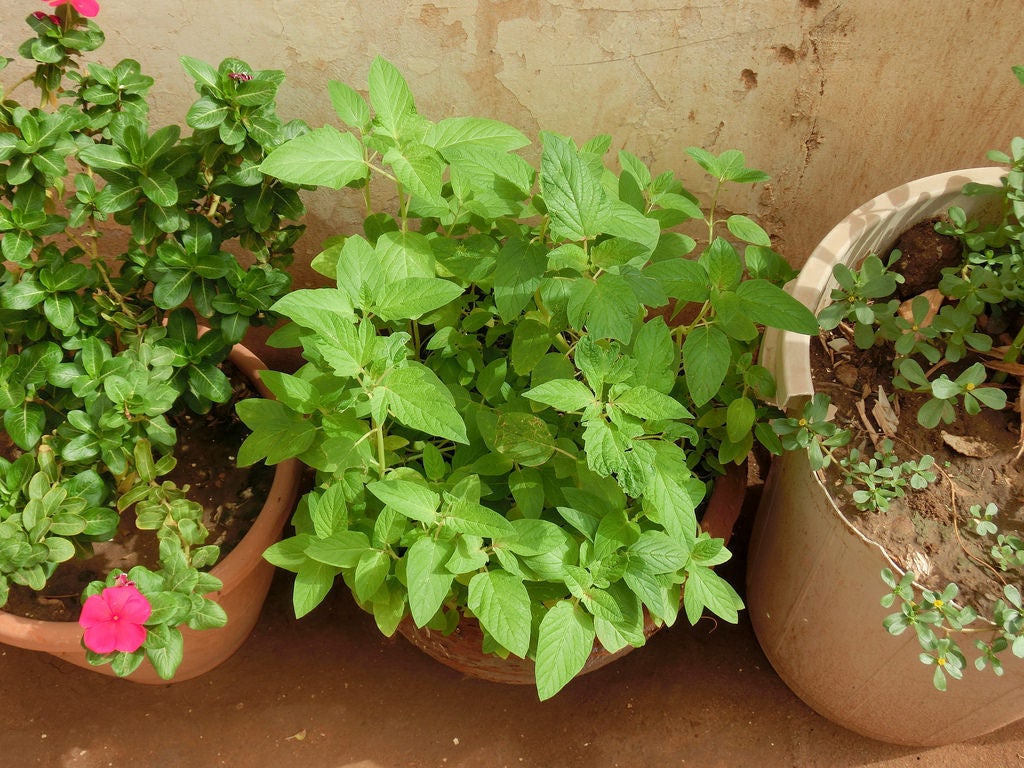 Container Grown Sesame – Learn About Growing Sesame In A Container
Container Grown Sesame – Learn About Growing Sesame In A ContainerSesame in pots grown on your patio or balcony will not give you a huge harvest of seeds, but it’s still worthwhile. You can get about 70 seeds per pod and multiple pods on one small plant. And it is a pretty plant too. Click here to learn more about potted sesame plants.
By Mary Ellen Ellis
-
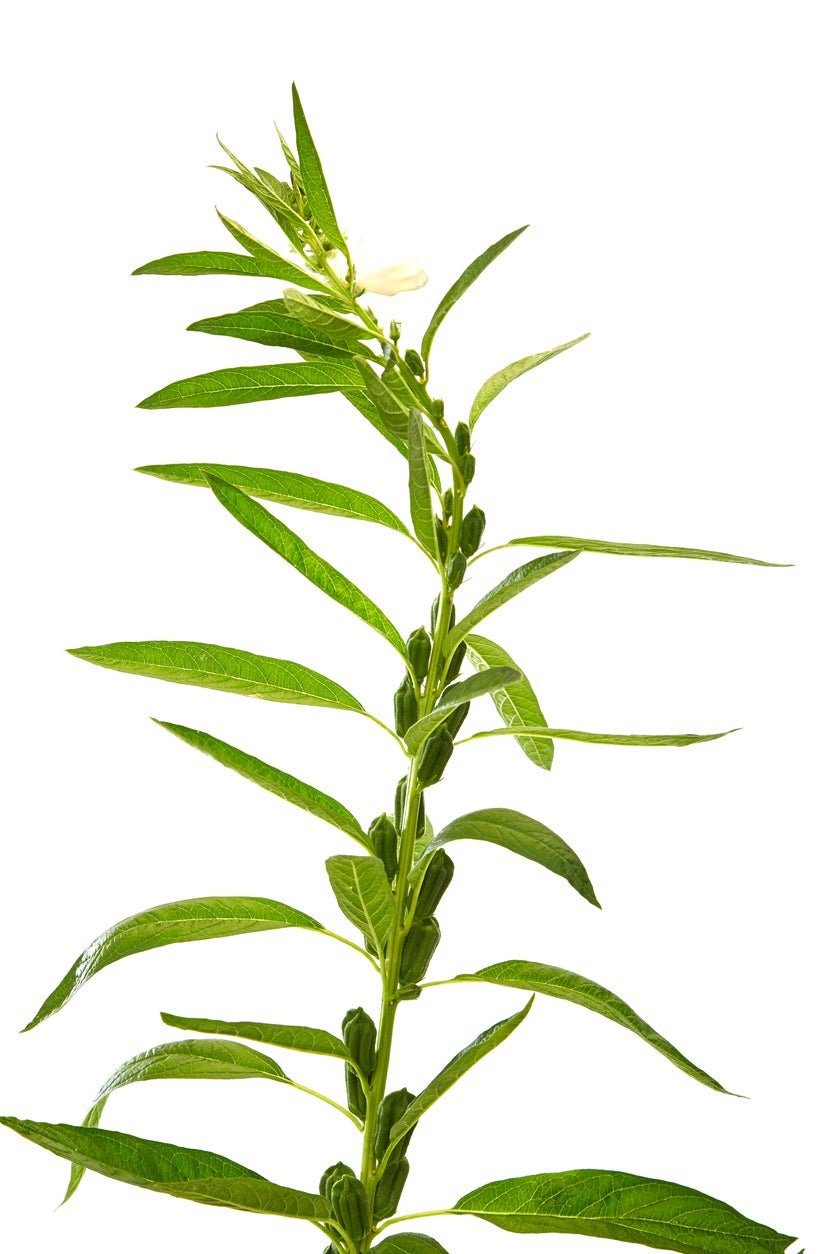 Sesame Plant Diseases – How To Treat Problems With Sesame Plants
Sesame Plant Diseases – How To Treat Problems With Sesame PlantsSesame plant diseases are not common but can cause widespread crop loss when they occur. Most of the diseases of sesame are fungal or bacterial and are easy to avoid with good cropping practices. Here is an overview on sesame diseases and how to manage them.
By Bonnie L. Grant
-
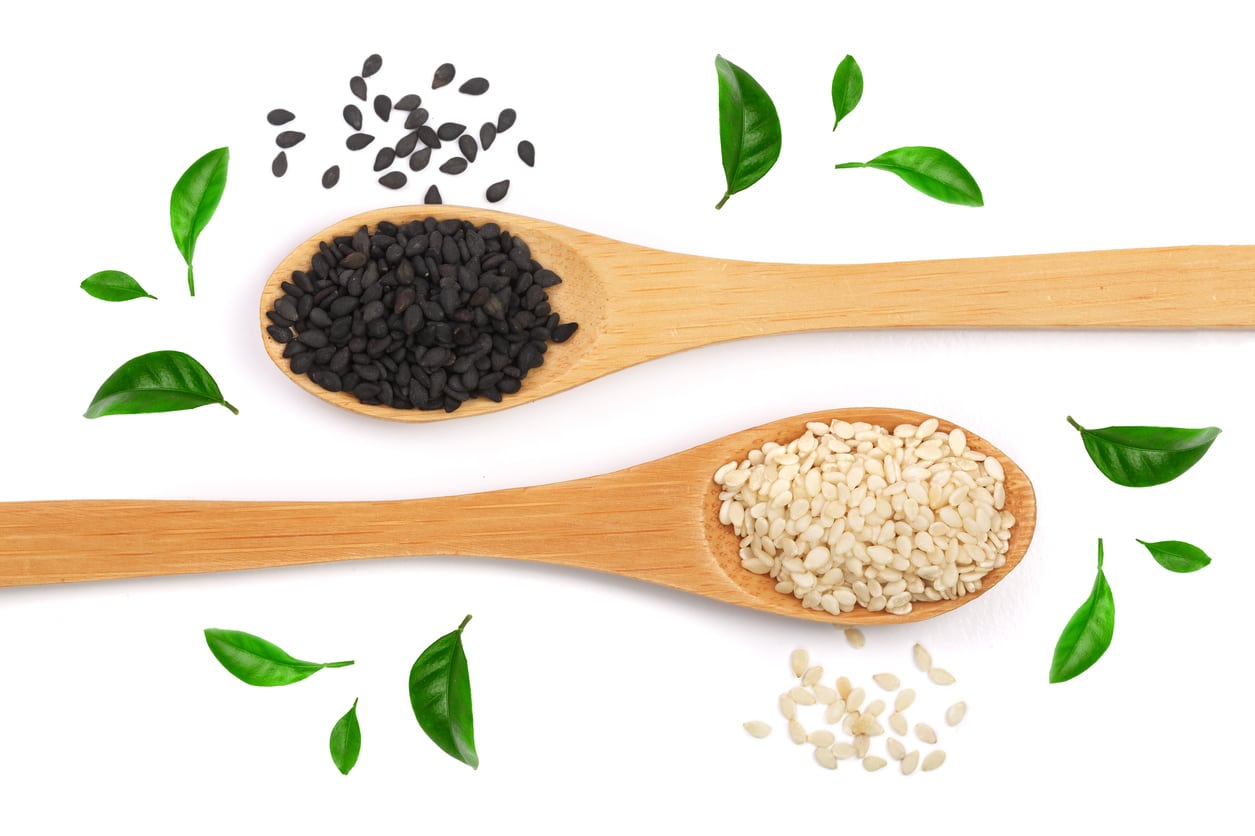 Sesame Seed Benefits – Should You Be Eating Sesame Seeds
Sesame Seed Benefits – Should You Be Eating Sesame SeedsThe benefits of sesame seeds seem to go beyond adding fiber and nutrition with a tasty crunch. Sesame seed benefits have been found to possess many other possible uses too. Click on the following article to learn more about how sesame seeds can be good for you.
By Bonnie L. Grant
-
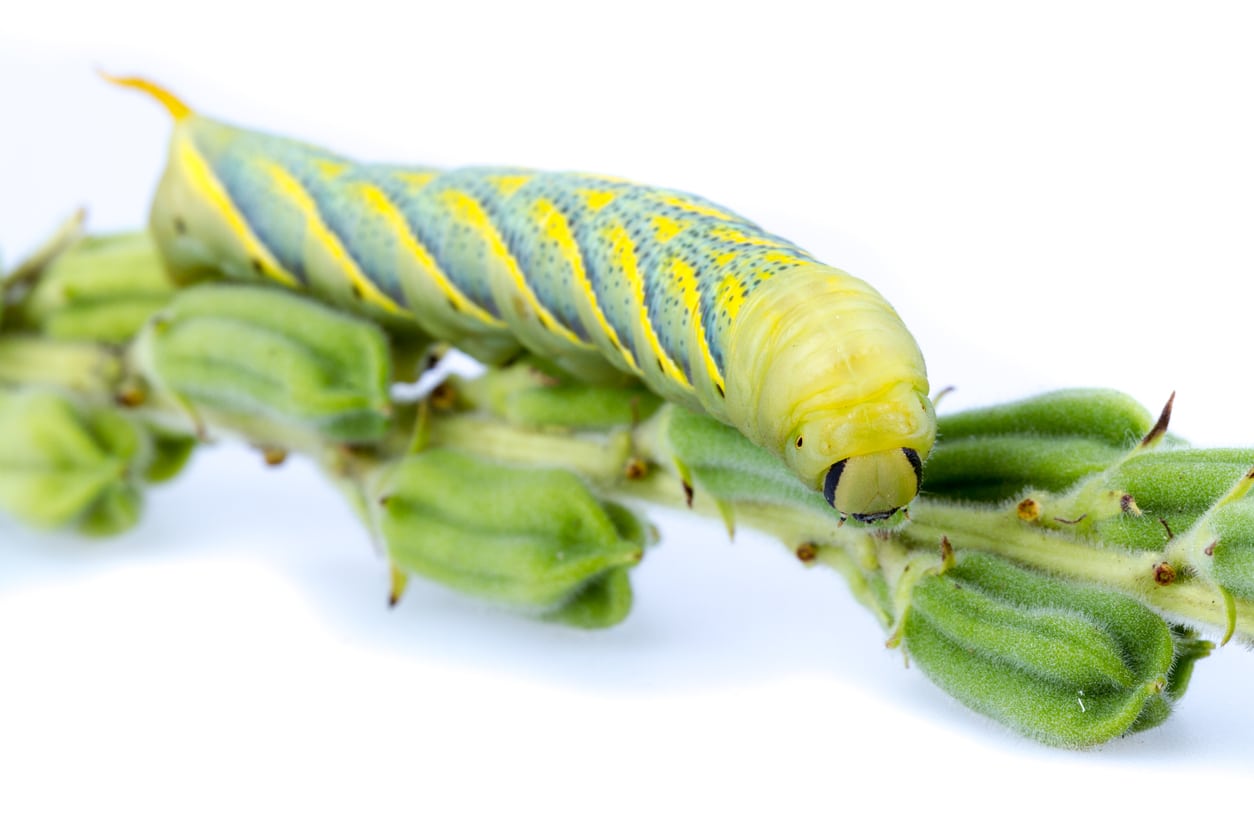 Sesame Pest Control – How To Kill Bugs That Eat Sesame Plants
Sesame Pest Control – How To Kill Bugs That Eat Sesame PlantsAlthough sesame is a relatively hardy plant, it can be bugged by a number of insect pests. Learn about pests of sesame in this article. We will also provide tips on how to cope with sesame pest problems in the garden. Click here for more information.
By Mary H. Dyer
-
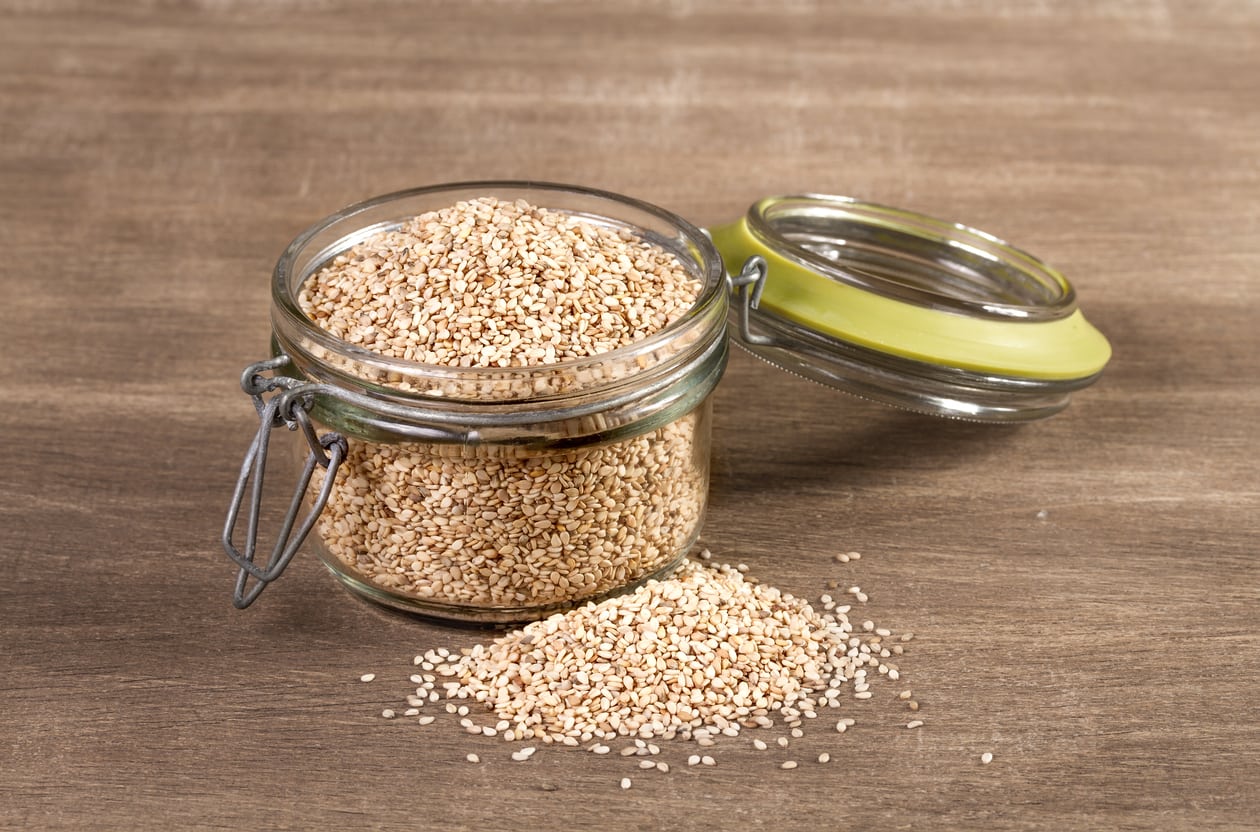 Sesame Seed Drying – How To Dry Sesame Seeds From Your Plants
Sesame Seed Drying – How To Dry Sesame Seeds From Your PlantsEverybody likes sesame seeds on bagels, sushi and stir-fries, and the tiny seeds can also be ground into sesame oil and tahini paste. If you’ve got a garden, you may like to start growing your own. Click this article for tips on drying and storing sesame seeds.
By Teo Spengler
-
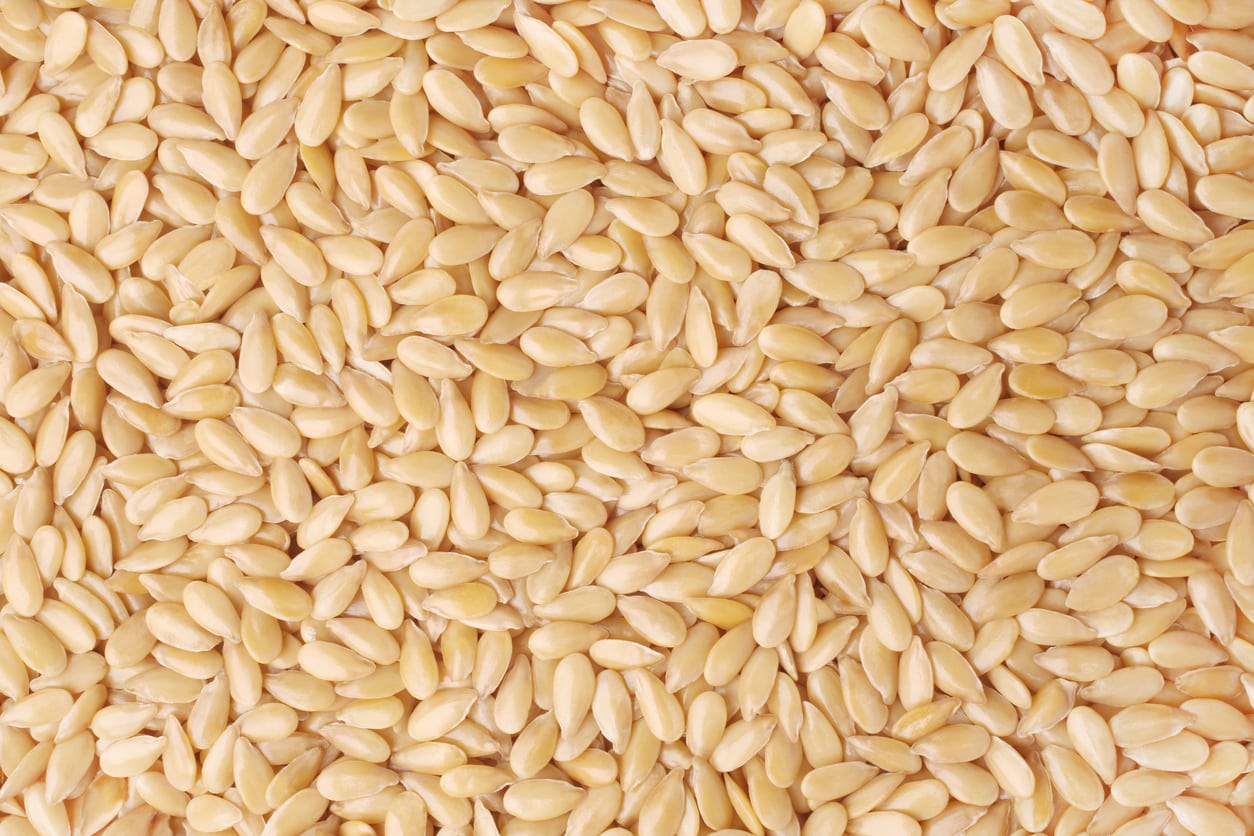 Sesame Seed Propagation: Learn When To Plant Sesame Seeds
Sesame Seed Propagation: Learn When To Plant Sesame SeedsSesame seeds are tasty and a kitchen staple. They can be toasted to add nuttiness to dishes or made into nutritious oil and a delicious paste. If you love growing your own food, consider growing sesame from seed for a new and rewarding challenge. This article will help.
By Mary Ellen Ellis
-
 Picking Sesame Seeds – Learn How to Harvest Sesame Seeds
Picking Sesame Seeds – Learn How to Harvest Sesame SeedsHave you ever bitten into a sesame bagel or dipped into some hummus and wondered how to grow and harvest those tiny sesame seeds? And when are sesame seeds ready for picking anyway? Find answers to these questions in the following article.
By Amy Grant
-
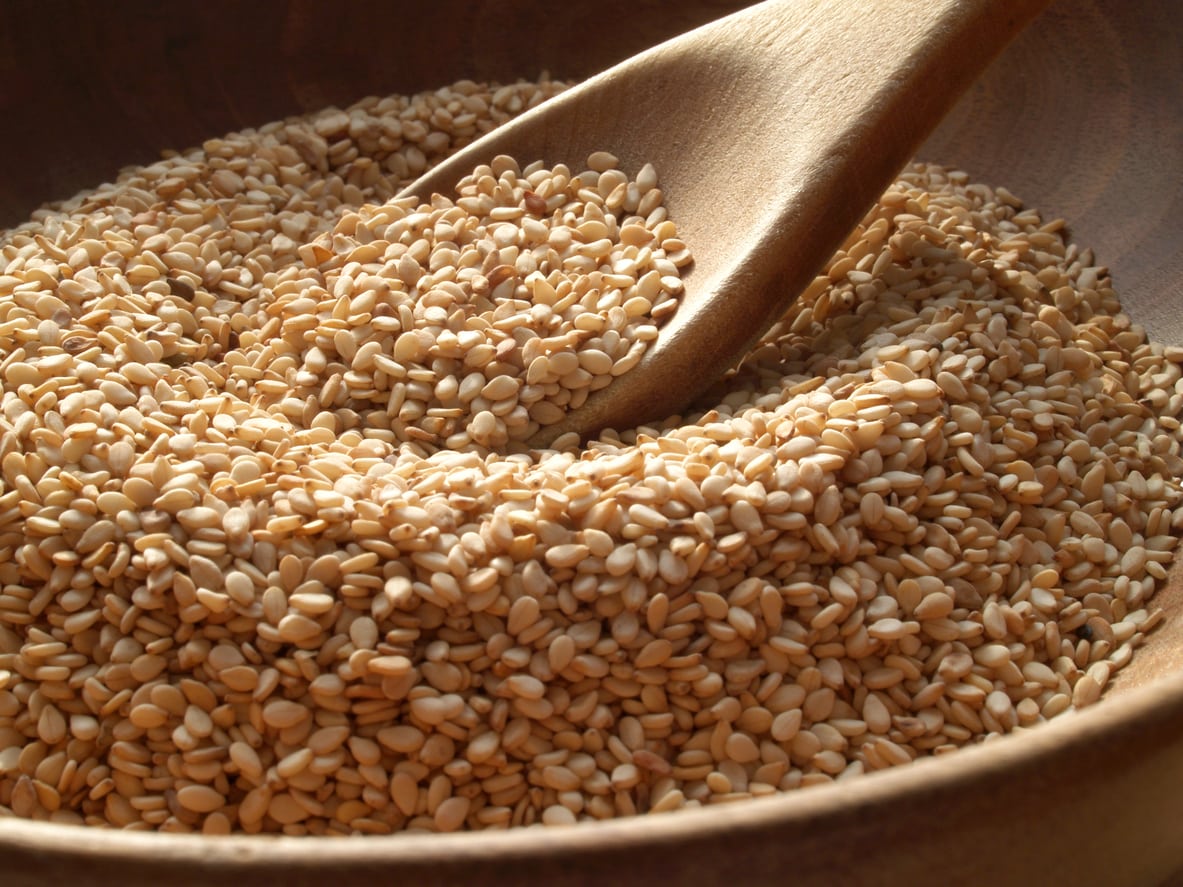 Sesame Plant Seeds: What Is Sesame Used For
Sesame Plant Seeds: What Is Sesame Used ForIf all you know about sesame seeds is from eating sesame seed hamburger buns, then you’re missing out. Sesame plant seeds have numerous uses far beyond that burger. So what else can you do with sesame seeds? Click here to find out how to use sesame seeds at home.
By Amy Grant